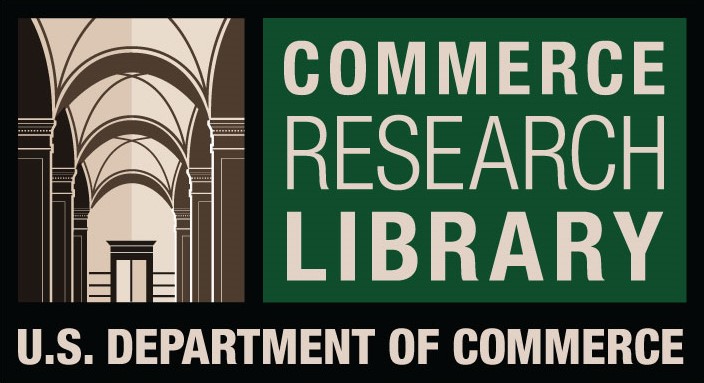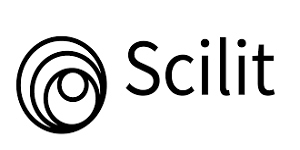REBOOTING TEACHER EDUCATION FOR NEW GENERATION FOR LEARNERS
DOI:
https://doi.org/10.61841/4bsha761Keywords:
Digitalization, Teacher education, 21st century learner, Science and Technology, Rebooting, Student learningAbstract
The teacher of day-to-day is not very clear about the role that he has to play in the school, though he is called the architect of social change and the agent of bringing about the desired changes in the society itself to meet the various demands of students. The school of today generally lays emphasis on an integrated and balanced personality of the teacher as a whole. The teacher of today must be the teacher of a whole man; we teach more by our action than by our preaching. Teachers are a section of the community sharply segregated from the rest of the community, preparing themselves for their life's work in institutions where their fellow students will be preparing themselves for developing human attributes. Digitization is the first step in modernizing education and society for the development of the whole individual. For example, educational platforms that offer online guidance and video tutorials for classes from kindergarten to colleges are existing attempts at digitization. With digitization, the possibility of implementing and promoting blended learning becomes real for today’s generation of learners. Rebooting education is a process to a whole new system of e-learning that is an answer to how we as a community and people should prepare ourselves to embrace and adopt an innovative approach to the conventional methods of learning in the present situation. So for today's generation, education must be digitalized, and the teacher education process should be rebooted with science and technology. The 21st-century learners are very much upgraded, so the teacher is the one who shows their path effectively and positively so that learners use their time properly. So in this paper it mentions that if teacher education is rebooting, then it will develop skills both theoretical and practical.
Downloads
References
1. Brame, C. J. (2013). Flipping the classroom. Retrieved December 24, 2016, from
http://cft.vanderbilt.edu/guides-sub-pages/flipping-the-classroom
2. Christensen CM (2008). Disrupting class: How disruptive innovation will change the way the
world learns. New York: McGraw-Hill
3. Dana Crăciun (2019) Training future language teachers to educate the digital generation. Journal of
Educational Sciences, XX, 1(39) DOI: 10.35923/JES.2019.1.08
4. Darling -Hammond, L. (2006). Constructing 21st Century Teacher Education. Journal of Teacher Education.
May/June 2006. Vol. 57, No. 3, 300-314. Retrieved from
http://journals.sagepub.com/doi/abs/10.1177/0022487105285962?legid=spjte%3B57%2F3%2F300&p
atientinform-links=yes Accessed 10/10/2016
5. Faulkner, J., & Latham, G. (2016). Adventurous Lives: Teacher Qualities for 21st Century
6. Gillani, B. B. (2003). Learning Theories And The Design Of E-Learning Environments.
7. Lanham: University Press of America.
8. Klimova, B.(2019). Impact of mobile learning on students‟ achievement results. Educ. Sci.
2019, 9, 90.
9. Kereluik, K., et al. (2013). What knowledge is of most from Teacher knowledge for 21st century
learning. Journal of Digital Learning in Teacher
Education, 29(4), 127–140. http://dx.doi.org/10.1080/21532974.2013.10784716
10. Lopez Brown, P. (2017).The 21st century adult learner. Vol. 12(8), pp. 540-548, 23 April, 2017
DOI: 10.5897/ERR2016.2928 Article Number: 968C7BE64010 ISSN 1990-3839
11. Okogbaa, Veronica (2017). Preparing the Teacher to Meet the Challenges of a Changing World Journal of Education and Practice www.iiste.org ISSN 2222-1735 (Paper) ISSN 2222-288X (Online) Vol. 8, No. 5, 2017, 81
12. Sharma, R.A. (2014). Teacher education and Pedagogical Training
13. Shaw, A, (2014). Compasses to guide you to 21st Century Schools. www.21stCenturySchools.com Accessed 1/10/2016
14. Skilbeck, M. and Connell, H. (2004). Teachers for the future: The changing nature of society and related
issues for the teaching workforce. A report to the Teacher Quality of Educational Leadership Taskforce of
The Ministerial Council for Education, Employment, Training, and Youth Affairs. (Sept, 2004).
15. Proyer, R.T. and Jehle, N. (2013). The basic components of adult playfulness. Its hierarchical factor structure
of seventeen instruments, Personality & Individual Differences, 55(7), 811-
816. http://dx.doi.org/10.1016/j.paid.2013.07.010
16. Rathi, R. (2015). A Study of Attitudes of Prospective Teachers towards Teaching in Relation to Their
Gender, Subject, Stream, Locality, and Self-Esteem. Upstream Research International Journal (URIJ) Vol.
111, issue IV Oct. 2015 Retrieved from http://ravinderrathee.blogspot.com.ng/2015_11_01_archive.html
Accessed 10/10/2016
17. The Open University. User Evaluation of Language Learning Mobile Applications: A Case Study with
Learners of Spanish. 2016. Available online: http://www.crtvup.com.cn/zyxz/dj.asp?id=9 (accessed on 30
May 2019).
18. Wagner, T. (2011). The Global Achievement Gap. Retrieved http://www.tonywagner.com/69 Accessed 1/10/2016
19. Wright, S. P., Horn, S. P., & Sanders, W. L. (1997). Teacher and classroom context effects on student
Achievement: Implications for teacher evaluation. Journal of Personnel Evaluation in Education, 11, 57–67, p. 63.
20. Yilmaz Özkan (2017). Flipped Higher Education Classroom: An Application in an Environmental Education Course in Primary Education at the Canadian Center of Science and Education. Higher Education Studies; Vol. 7, No. 3; 2017 ISSN 1925-4741 E-ISSN 1925-475X
Downloads
Published
Issue
Section
License
Copyright (c) 2020 AUTHOR

This work is licensed under a Creative Commons Attribution 4.0 International License.
You are free to:
- Share — copy and redistribute the material in any medium or format for any purpose, even commercially.
- Adapt — remix, transform, and build upon the material for any purpose, even commercially.
- The licensor cannot revoke these freedoms as long as you follow the license terms.
Under the following terms:
- Attribution — You must give appropriate credit , provide a link to the license, and indicate if changes were made . You may do so in any reasonable manner, but not in any way that suggests the licensor endorses you or your use.
- No additional restrictions — You may not apply legal terms or technological measures that legally restrict others from doing anything the license permits.
Notices:
You do not have to comply with the license for elements of the material in the public domain or where your use is permitted by an applicable exception or limitation .
No warranties are given. The license may not give you all of the permissions necessary for your intended use. For example, other rights such as publicity, privacy, or moral rights may limit how you use the material.












